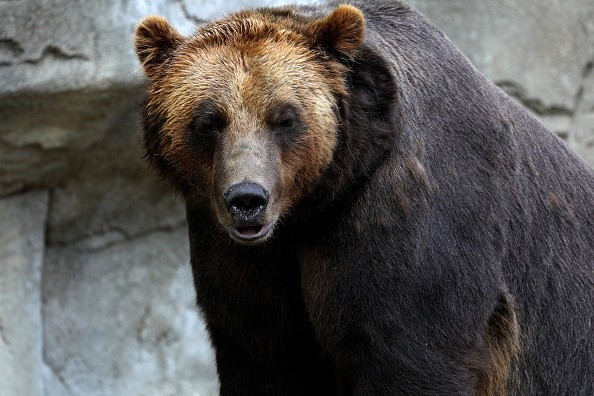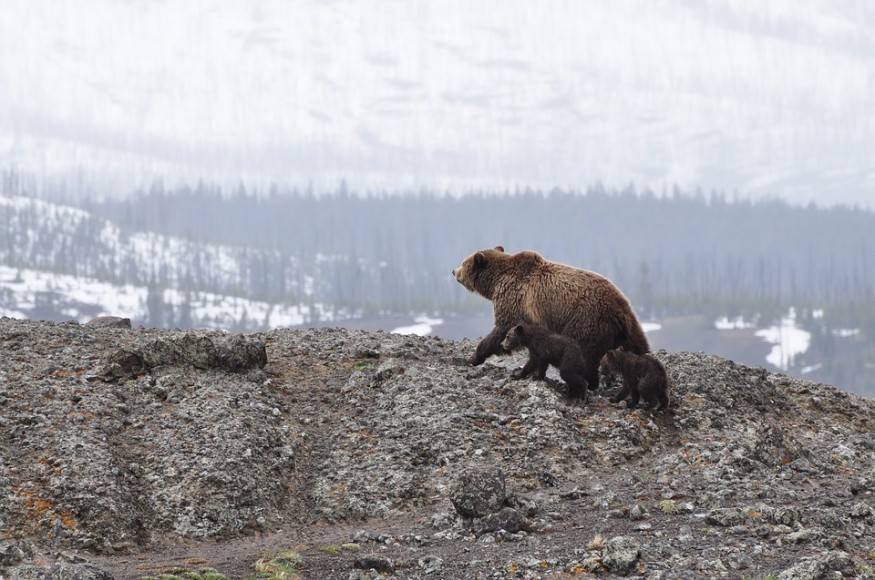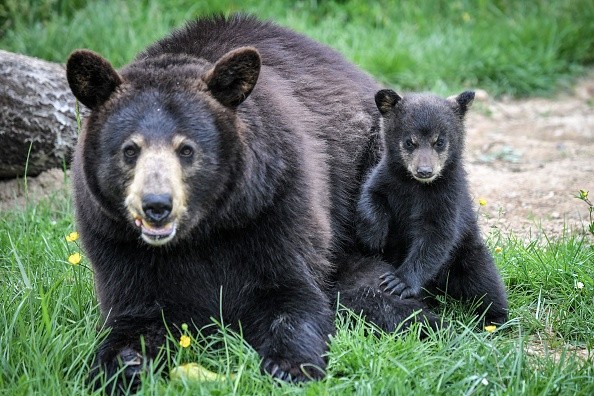Bear attacks usually occur when a bear charges on another animal. However, it most commonly refers to a bear attacking a human or a household pet.
Those who reside in bear habitats are especially vulnerable to bear attacks. Hikers, hunters, anglers, and others in bear territory routinely take measures to avoid being attacked by bears.

In Alaska, authorities say a cyclist was approached and bitten by a 500-pound bear while out riding in Alaska shouted at and kicked the animal as it chased him down a riverbank.
According to the Alaska Department of Public Safety, the event occurred last Tuesday in Cantwell, at the confluence of the Jack and Nenana rivers.
Bear Assaulting a Cyclist

According to the anonymous cyclist's police complaint, he noticed a brown bear racing towards him from 10 to 15 yards distant. So he got off his bike and began yelling.
"The victim went to the ground and onto his back just before to the bear making contact, covered his head, and believes he kicked at the creature," officials added.
"The bear bit the victim in the lower right leg, just below the knee."
"The bear made contact and attacked before retreating into the bushes in the same direction it had arrived. [The rider] walked to the highway after the bear had left the area and contacted a friend for a ride."
Defending Himself
The individual owned a firearm, but he did not discharge it. Before the assault, he stated he didn't see anything unusual, although he did observe bear footprints in the snow.
The man was taken to the hospital and treated for puncture wounds and a laceration but refused further treatment.
Human-bear assaults are uncommon, according to the National Park Service.
The National Park Service claims that "each bear and each encounter is unique." "There is no one-size-fits-all technique that will operate in all scenarios and ensure safety... Your skill to soothe the bear may be crucial to your safety."
Bear Attack Rate

Bear attacks are among the most drastic cases of human-wildlife conflict. On the other hand, Bear attack statistics show that such instances are uncommon because bears go to extraordinary measures to avoid coming into contact with humans.
Unfortunately, urbanization has resulted in habitat loss, which is why certain animals may attack humans. Instead, they're attempting to protect themselves, their children, and their area.
Bear attack data for 2021 show that human actions are what trigger the assaults.
What to do during an encounter?
Seeing a bear in the wild is a once-in-a-lifetime experience for anybody visiting a national park. While this is a thrilling experience, keep in mind that bears in national parks are untamed and can be hazardous. Their conduct might be erratic at times. Human assaults, albeit rare, have happened, resulting in significant injury and death. Each bear and encounter are unique; there is no one-size-fits-all method to ensure safety in all scenarios. The majority of bear encounters result in no injuries. Following a few simple recommendations can assist in reducing the risk of harm. Your skill to quiet the bear might be crucial to your safety.
Read also: Bears Breaking Into Homes: After Escaping From Wildfire, California Residents Face New Threat
For more wildlife news, don't forget to follow Nature World News!
© 2025 NatureWorldNews.com All rights reserved. Do not reproduce without permission.





